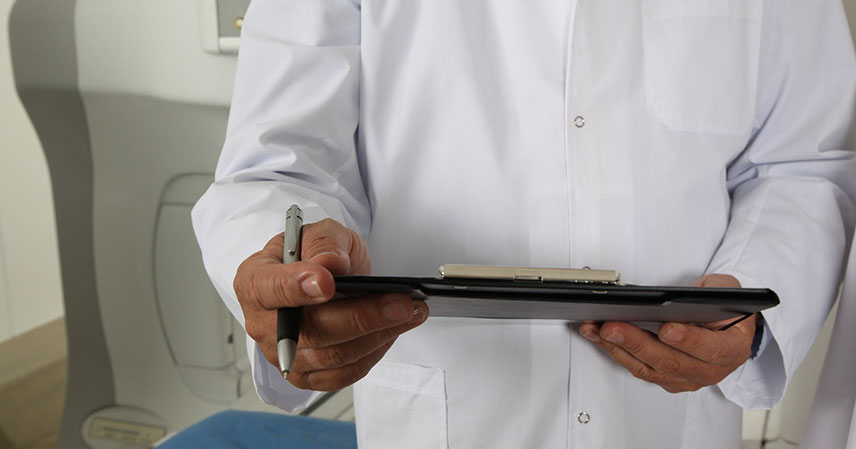The digital age has transformed how individuals seek health information. A staggering 93% of U.S. adults now access the internet regularly. Of these, a significant 80% actively search for health-related content. This widespread search occurs despite generally low levels of health literacy across the population. This presents a critical challenge for effective public health communication.
A recent study offers a promising solution to this growing issue. Researchers have pioneered an automated method. This method assesses the understandability of patient educational videos. Their initial focus is on information related to diabetes. This innovative approach could revolutionize how we deliver vital health knowledge.
The Health Literacy Challenge in the Digital Age 🌐
Health literacy is more than just reading health information. It involves the ability to find, understand, and use health information effectively. This empowers individuals to make informed health decisions. Low health literacy is a significant barrier to effective self-care and disease management. It can lead to poorer health outcomes. Patients may struggle to follow medication instructions. They might also misinterpret diagnostic results.
The internet provides an abundance of health resources. However, this vast amount of information is not always created equally. Much of it is complex and filled with medical jargon. This makes it inaccessible to many. The gap between available information and a person’s ability to comprehend it is widening. This challenge is particularly acute for chronic conditions like diabetes. Understanding complex details is crucial for managing the disease effectively.
A Novel Approach to Content Comprehension 🔬
The new study addresses this critical need head-on. Researchers developed an automated system. This system evaluates the ease of understanding in patient educational videos. Their initial work centered on diabetes education. Videos are increasingly popular for delivering health content. They can convey complex ideas visually and audibly. However, their effectiveness hinges on their clarity.
The automated approach likely employs advanced computational linguistics. This might include natural language processing (NLP) and machine learning. These technologies can analyze video transcripts. They can identify complex vocabulary. They can also assess sentence structure. The system aims to quantify how well a video aligns with health literacy standards. It provides an objective measure of comprehensibility. This moves beyond subjective human review. This objective tool offers a scalable solution. It helps content creators ensure their materials are truly accessible.
The Promise of Automated Assessment for Diabetes Education 🩸
Diabetes affects millions globally. Effective patient education is vital for its management. Patients need to understand diet, exercise, medication, and monitoring. Misinformation or misunderstanding can have severe consequences. This new automated tool specifically targets diabetes educational videos. It helps ensure that these crucial resources are widely understood.
For instance, a video explaining insulin injection techniques must be crystal clear. If the language is too technical, patients may not follow instructions correctly. The automated assessment can flag such complexities. It can then suggest simpler phrasing or alternative explanations. This direct feedback loop is incredibly powerful. It can lead to the creation of much more effective educational materials. Ultimately, this supports better self-management for individuals living with diabetes. It also helps reduce associated health complications.
Implications for Patients, Providers, and Public Health 💡
This research holds significant implications across the healthcare spectrum. For patients, it means access to clearer, more understandable health information. This empowers them to take a more active role in their care. They can make better-informed decisions. This leads to improved health outcomes and greater confidence.
For healthcare providers and educators, the tool offers efficiency. They can quickly assess existing content. They can also optimize new materials before publication. This saves valuable time and resources. It ensures that their educational efforts are impactful. Content developers can use this feedback to refine their scripts and visuals.
On a broader scale, this automated assessment can advance public health initiatives. It helps in creating equitable access to health information. It can reduce health disparities linked to low health literacy. Governments and health organizations could adopt such tools. They could use them to set standards for public health campaigns. This would ensure messages resonate with diverse populations. The potential for widespread positive impact is substantial.
Key Insights for the Future of Health Education 🚀
- The digital health landscape demands accessible content. Most U.S. adults seek health information online. Yet, many face health literacy challenges.
- Automated assessment tools offer a powerful solution. They can objectively evaluate the understandability of health videos. This ensures content reaches its intended audience effectively.
- Focusing on conditions like diabetes highlights immediate impact. Clearer education can directly improve patient self-management and reduce complications.
- This technology empowers both patients and providers. Patients gain better understanding. Providers can create more effective and efficient educational resources.
- The future of public health communication will increasingly rely on such innovations. These tools help bridge the gap between complex medical information and public comprehension.
The development of an automated approach to assess health video understandability is a significant step forward. It addresses a critical need in our increasingly digital world. As more people turn to the internet for health answers, ensuring the clarity of that information becomes paramount. This study suggests a powerful pathway. It helps to overcome barriers posed by varying levels of health literacy.
Further research and broader application of such tools will be crucial. They can transform how we deliver health education. They will ultimately foster a more informed and healthier society. This innovation promises to make complex health topics comprehensible for everyone.



